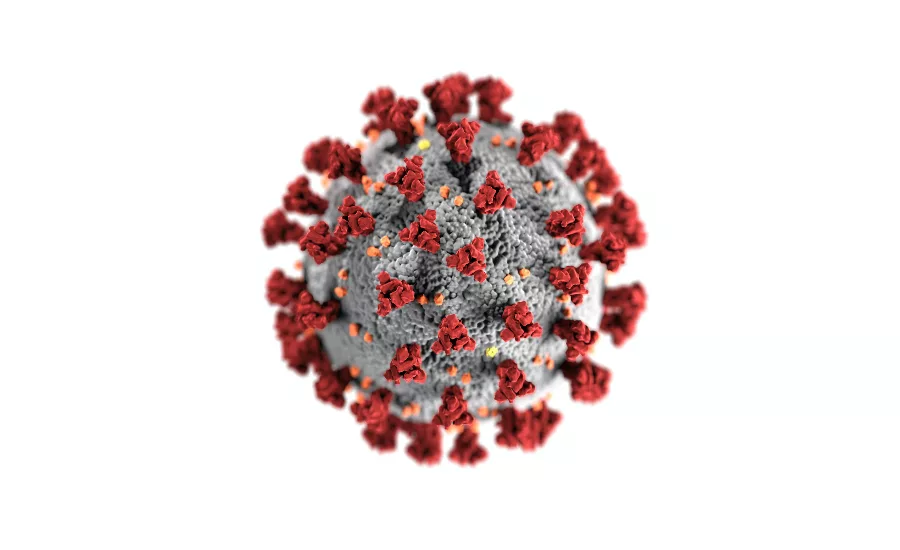Opening the Doors to Deadly COVID-19 Outcomes

Companies, sites and venues must re-budget and re-equip their premises that will host human traffic with the reopening of the economies. The vulnerability landscape has changed dramatically where a company or site cannot afford to have an infected person in their location. Simply put, if such occurs, that company or site will be closed down again for weeks on end.
Doctors and nurses know what they are dealing with, but the security practitioner may not know. The opening of the doors to certain businesses or sites could draw desperate or mentally unwell people that could cause chaos. Larry Barton, Ph.D., Distinguished University Professor of Crisis Management and Public Safety, University of Central Florida, USA states ‘’action steps and considerations that employers must take now, before rancour and situations of aggression and harm emerge in the workplace. While all of us want to be optimists, we must be realists - the health check of employees in so many employment environments globally does not meet a "one size fits all standard."
If employers race to bring back employees without thinking about the many nuances that the ‘paper’ outlines, they do so at their own peril. The paper he refers to is, ‘’Managing COVID-19, The Security Manager’s strategic, operational and protocol guide to limiting collateral damage.’’
Different locations could be opened in a layered approach. Each location or field of interest could have the same issues of distinct problems that need to be overcome before mass traffic. Subsequently, security protocols must be in place for the public.
There is not much one could do if a person is not noticeably infected and with high temperature, which is a problem, but what is just as big or perhaps a bigger problem is the person that has a high temperature. How will security handle this situation? Furthermore, security officers could be highly trained with physical handling abilities, but they may not be appropriate for front line positions.
This situation dictates that the equipment, technology and manpower must work in sync. The vulnerability landscape demands that the right people with the appropriate skills must be placed in distinct positioning. The comprehension of incident reporting is vital so as to detect if there are issues that must be uncovered or copycat problems occurring that must be addressed.
The security industry can be the foundation sector that can dismantle COVID-19 by advising their clients on the technology, equipment and manpower that is required. Furthermore, the certain protocols can be adopted to their sites or distinct and relevant protocols must be designed and implemented.
In this pandemic situation, security success to limit the collateral damage of COVID-19 will depend on the level of situational awareness of the decision-makers on the ground (all are decision makers) and their reaction speed. Reaction speed at this moment – is simply – REACT NOW. The booklet referred to in this work can be found on ISIO.